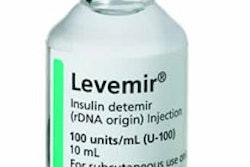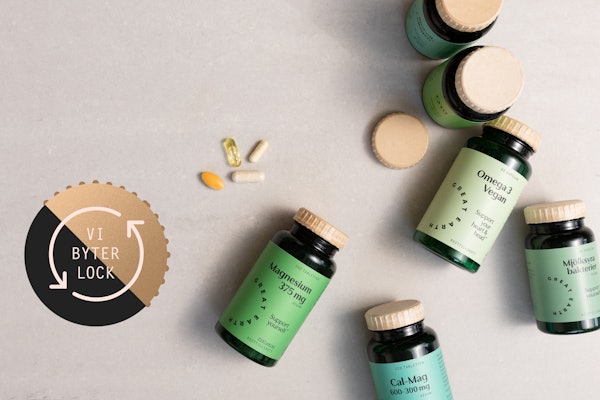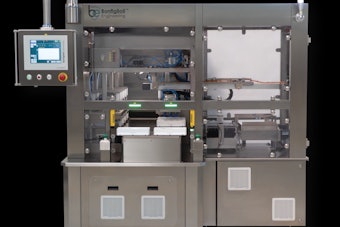
The draft guidance is an important step in working with manufacturers to make drug products harder to counterfeit. The agency invites comments on the draft guidance, which is titled, “Draft Guidance for Industry: Incorporation of Physical-Chemical Identifiers into Solid Oral Dosage Form Drug Products for Anticounterfeiting.”
“Drug counterfeiting is a serious public health concern,” says Margaret A. Hamburg, M.D., commissioner of Food and Drugs. “We look forward to working with industry to help ensure that consumers are not exposed to products containing unknown, ineffective, or harmful ingredients.”
The document is intended to provide guidance to industry regarding the use of PCIDs in solid oral dosage forms, which include pills and capsules, for anti-counterfeiting purposes.
A PCID is a substance or combination of substances possessing a unique physical or chemical property used to identify and authenticate a drug product or dosage. In addition to inks, pigments, and flavors, specific chemicals may be used as molecular tags in a PCID. In some cases, the PCID may be detected by wholesalers or pharmacists to determine if they have authentic products.
In other instances, special analytical instruments may be necessary to identify whether the PCID is present.
In the draft guidance, the FDA anticipates that many of the potential PCID ingredients are already used as food additives, colorants, or other types of inactive ingredients with established safety profiles.
To minimize adverse effects, the draft guidance recommends using the lowest level of PCID that ensures identification of the product. It also recommends that the PCID be a substance with no medicinal effect, and placed within the dosage form so that it does not interact with the drug's active ingredient.





















